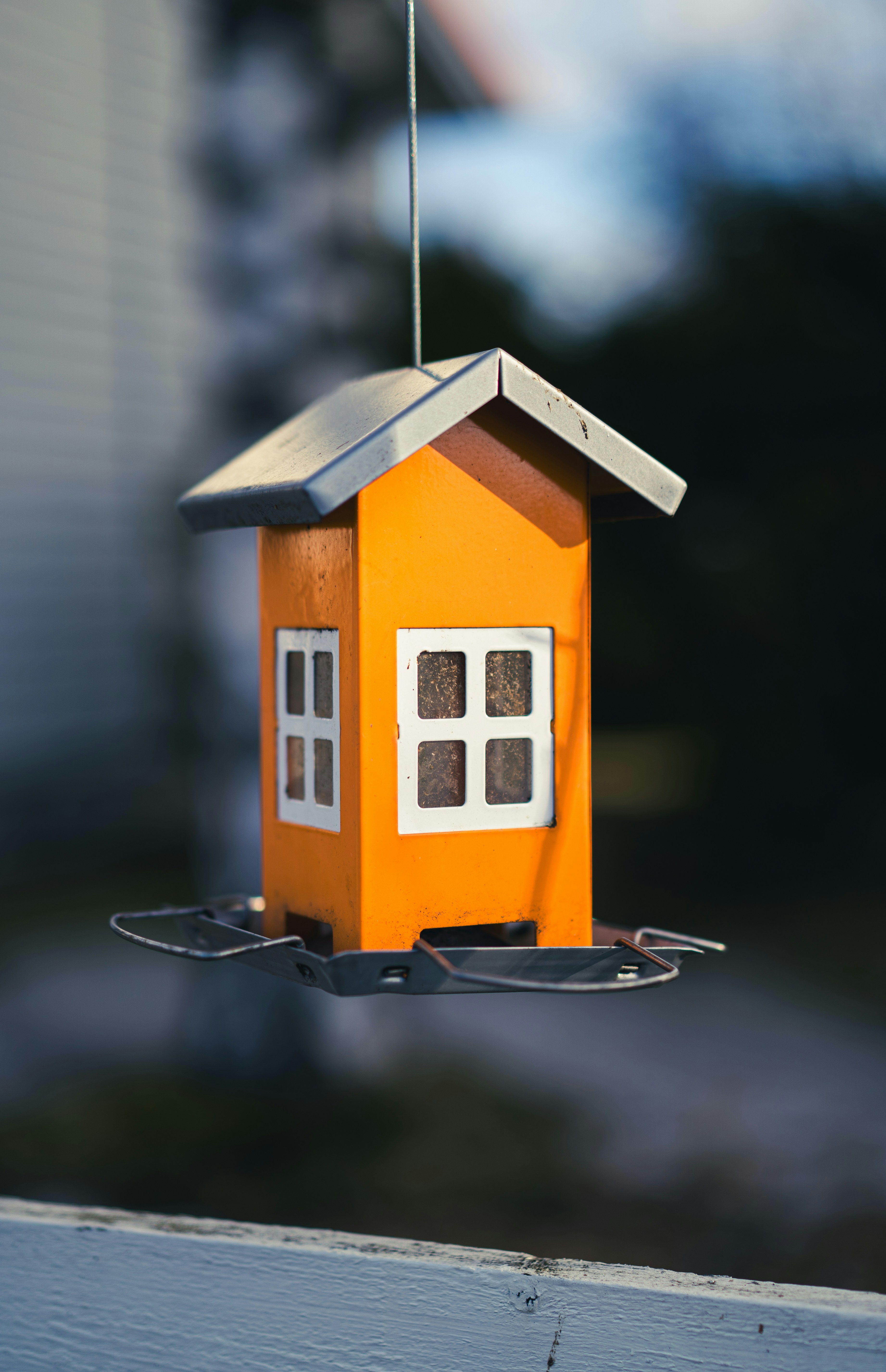Off-Grid Living: The New Luxury?

In a world where luxury is often synonymous with excess, a new paradigm is emerging—one that redefines opulence not through indulgence, but through sustainability, self-sufficiency, and a profound connection to nature. Welcome to the era of off-grid luxury living.
Off-grid living, once considered a fringe lifestyle choice, is now gaining traction among high-net-worth individuals seeking a retreat from the hustle and bustle of urban life. This shift is not merely about disconnecting from the grid; it's about reconnecting with a more intentional, sustainable way of living.
Recent trends indicate a growing interest in off-grid properties. For instance, mortgage applications for housing in rural areas have surged, driven by the growing popularity of off-grid living. This surge is not just about seeking isolation; it's about embracing a lifestyle that values autonomy, sustainability, and a harmonious relationship with the environment.
The off-grid housing market is experiencing significant growth. Valued at USD 2.27 billion in 2023, it is projected to reach USD 4.86 billion by 2032. This growth reflects a broader societal shift towards sustainable living and a desire for homes that offer more than just luxury—they offer a lifestyle aligned with personal values and environmental consciousness.
Defining Off-Grid Luxury
Off-grid luxury is characterized by self-sufficiency, sustainability, and a seamless integration with nature. These homes are equipped with renewable energy sources, water conservation systems, and sustainable building materials, ensuring that luxury does not come at the expense of the planet.
Key Features of Off-Grid Luxury Homes
- Renewable Energy Systems: Solar panels, wind turbines, and geothermal heating systems provide homeowners with energy independence, reducing reliance on traditional power grids.
- Water Conservation: Rainwater harvesting systems and greywater recycling ensure a sustainable water supply, minimizing the environmental impact.
- Sustainable Materials: Use of locally sourced, recycled, or eco-friendly materials in construction reduces the carbon footprint and supports local economies.
- Smart Technology: Integration of smart home systems allows for efficient energy management and enhances the overall living experience.
Real-Life Examples of Off-Grid Luxury Living
1. Villa Noon, Spain
Located in Sotogrande, Spain, Villa Noon is an emissions-free luxury villa that operates entirely on renewable energy. The property utilizes advanced systems such as atmospheric water generation, solar panels, and geothermal heating, setting a benchmark for sustainable luxury living.
2. Folly Joshua Tree and Folly Mojave, USA
Situated in the Mojave Desert, these off-grid properties are designed with sustainability in mind. They rely on solar energy and local water sources, offering a luxurious yet eco-conscious living experience in the heart of the desert.
3. Lifehaus, Lebanon
In Baskinta, Lebanon, Lifehaus is an off-grid, eco-friendly home that combines ancient building techniques with modern sustainable practices. The 1,722 square-foot property features locally sourced materials, solar panels, rainwater collection systems, and a recycled water system, demonstrating that luxury and sustainability can coexist harmoniously.
The Appeal of Off-Grid Luxury
Off-grid luxury appeals to a growing demographic seeking more than just a lavish lifestyle. It offers:
- Autonomy: Freedom from utility bills and reliance on public infrastructure.
- Sustainability: A lifestyle that aligns with environmental values and reduces ecological impact.
- Connection to Nature: An opportunity to live in harmony with the natural world, away from urban sprawl.
- Exclusivity: Unique properties that offer privacy and a sense of retreat from the pressures of modern life.
The Future of Off-Grid Luxury Living
The future of off-grid luxury living looks promising. As technology advances and societal values shift towards sustainability, more individuals are likely to embrace this lifestyle. Innovations in renewable energy, water conservation, and sustainable construction materials will continue to enhance the feasibility and appeal of off-grid living.
Moreover, as climate change and environmental degradation become more pressing concerns, off-grid luxury homes offer a model for resilient and sustainable living. They demonstrate that luxury can be redefined—not through excess, but through mindfulness, sustainability, and a deep respect for the planet.
Conclusion
Off-grid living is no longer a niche lifestyle; it is becoming the new luxury. It represents a shift in values—away from consumption and towards sustainability, autonomy, and a deeper connection to nature. For those seeking a lifestyle that aligns with these values, off-grid luxury living offers a compelling and rewarding alternative.
As we move forward, the question is not whether off-grid living is the new luxury, but how quickly we can adapt to this new paradigm and redefine what it means to live luxuriously in the 21st century.


